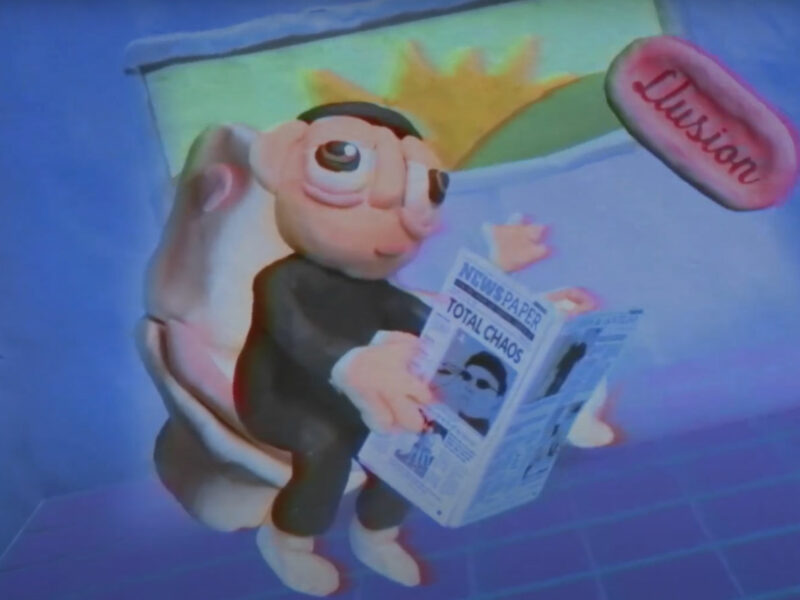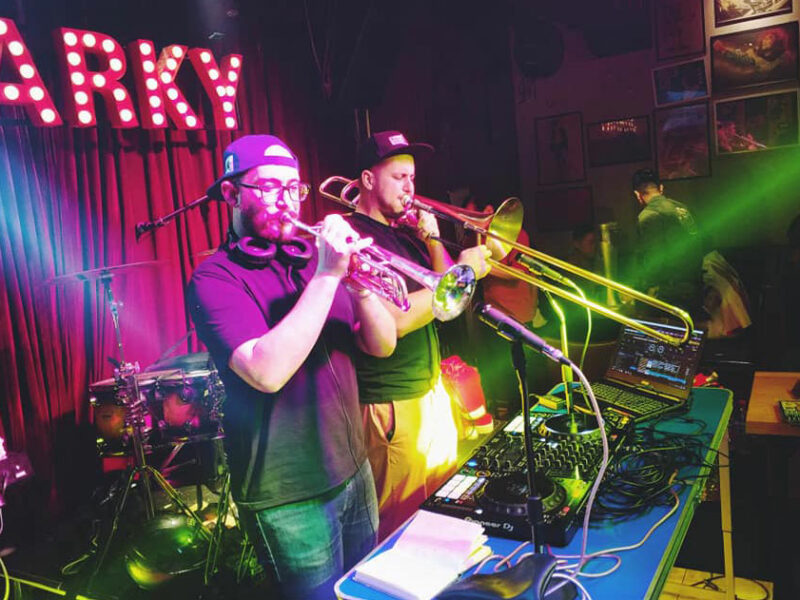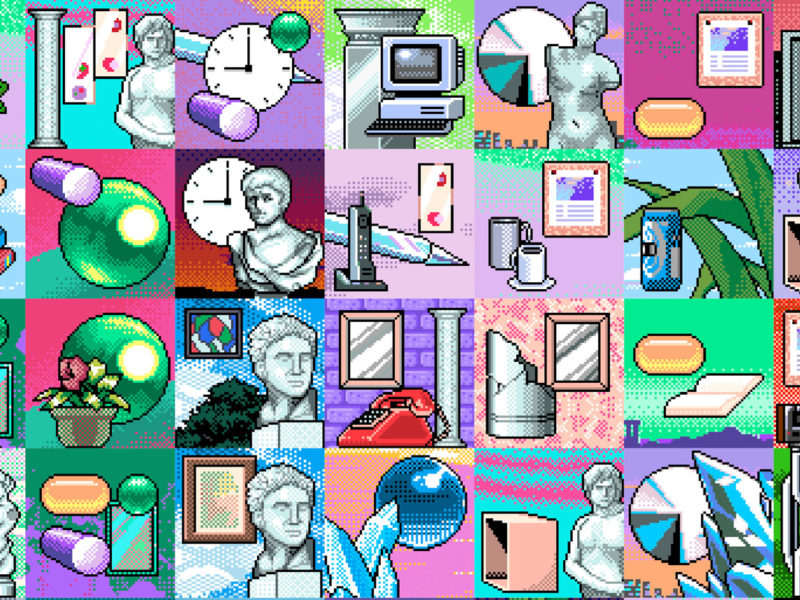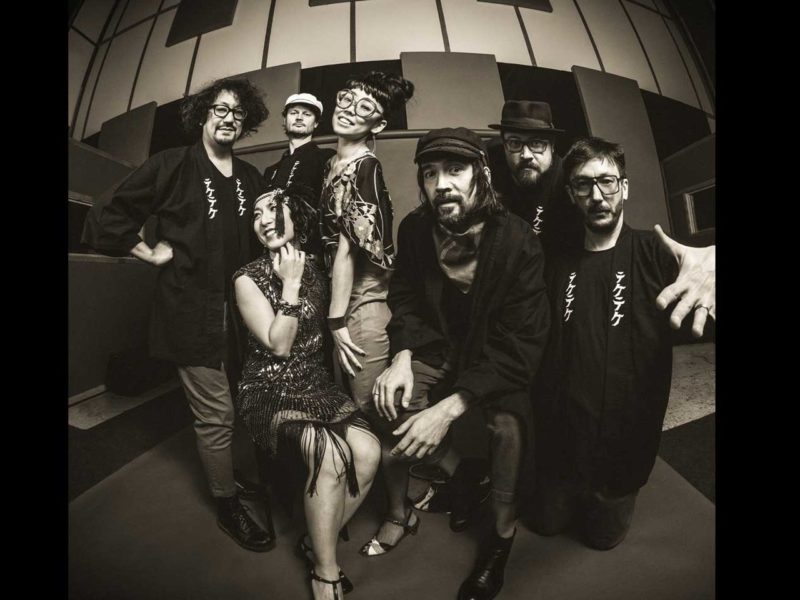Jun 01, 2019 Are Virtual Pop Stars & Holograms Stealing The Spotlight?
This post is also available in:
 日本語 (Japanese)
日本語 (Japanese)
If you’re the type to scan the news and look through Youtube for new music groups, you may have noticed something by now that seems to be straight from the future. A music phenomenon that changes the way we think of music and entertainment itself is sweeping the world, and whether or not you were expecting it, or even want it, it’s here in full swing. Virtual pop stars and holograms are making hits!
A big example happened last November when Riot Games’ League of Legends (LoL) released a music video showcasing new aesthetics, known as “skins,” for their playable champions with their new music group, K/DA. The online battle arena video game’s debut into the music scene has attracted over 213 million views on youtube. The stars? Completely animated. Meet Ahri, Akali, Evelynn, and Kai’Sa, four of the game’s 143 champions, and now members of the hot K-POP group that’s defying every standard.
“POP/STARS”, as seen in the video above, is sung by American singer and model Madison Beer, American singer-songwriter Jaira Burns, and K-POP group (G)-IDLE’s Jeon So-Yeon (better known as Soyeon) and Cho Mi-Yeon (or Miyeon). Madison sings the parts of Evelynn, a demon who lures humans to their deaths for her pleasure and whose K/DA skin is described as a “demanding diva.” Jaira sings the parts of Kai’Sa, a survivor of the Void that consumed her village. Her K/DA skin is the group’s hard-working lead dancer. Soyeon sings the parts of Akali, a lone assassin, whose K/DA skin is a street performer with “bold lyrical rap and punk ninja style.” Miyeon sings the parts of popular champion Ahri, a nine-tailed spellcaster after people’s life essence, whose K/DA skin is “a high fashion, elegant, and stunning celebrity.”
K/DA performed at the 2018 League of Legends’ World Championship in South Korea, the champion’s animated figures dancing beside their human counterparts. This unusual K-POP group is worth checking out, and there’s a lot out there to explore. Check out an interview with the champions, read up on their lore, and listen to the music of the real celebrities behind the champions. Check out (G)I-DLE’s music video for their song “LATATA” for starters. ↓
Hatsune Miku – J-POP In 3 Dimensions
Animated pop stars are nothing new. Japan’s successful projects with Vocaloids, the voice synthesizer software that has been used to make animated characters into singing pop sensations, have gone so far as to tour America. Crypton Future Media’s Hatsune Miku is a blue-haired, sixteen-year-old girl with pigtails, and her concerts offer fans the unique experience of a world they would usually only be able to enjoy together separately. At her concerts, a seemingly three-dimensional rendering of Miku can be seen singing, dancing, and interacting with fans. You can see her too—watch a clip of her performing “The World is Mine” and performing at her SNOW MIKU LIVE! show.
Is there such a thing as “too perfect”?
There’s a stark difference between performances by virtual artists and human artists. With virtual artists, excluding the possibility of technical difficulties, a smooth performance is ensured. Performers always put on the same flawless show, and there’s no risk of such human troubles such as breaking out the night before a show or getting sick and canceling. While this may be appealing to the people behind the virtual artist, it may raise questions for music lovers—is there such a thing as “too” perfect? For many, there’s appeal in the occasional screw-up of an artist, and in variations in performance. In order to accommodate K/DA and Vocaloids like Hatsune Miku, the music industry may be reshaping the way we think about music and entertainment.
K/DA seems to be closer to music as we’ve known it than Vocaloid, as K/DA features the vocals and, on stage, the dancing of real people. However, their animated companions, from their image to their personalities, are decided for by the creators of the world of League of Legends (LoL). But this doesn’t mean they’re lacking the charm of individuality. The amount of backstory and personalized skins behind each character has helped the game to garner over what is speculated to be 81-100 million players as of 2018. Meanwhile, Hatsune Miku has no human face to accompany her concept—but she is loved by fans for her own created individuality nonetheless, and perhaps for exactly its curated roots in the first place. The success of anime culture both in Japan and overseas, as well as of other animated entertainment, go to show that audiences aren’t biased towards non-human characters.
Holograms On Tour
It seems it was only a matter of time before this reality led animation to rock the music industry. Already, we have holograms of Ronnie James Dio touring thanks to hologram production company Eyellusion. And the number of holograms on tours are increasing greatly with announcements by Frank Zappa’s “The Bizarre World Of Frank Zappa”, a virtual tour with Swedish pop band ABBA, and even younger artists like Grimes questioning the need to tour when she can just send out a hologram to do it for her.
If we’ve learned one thing from K/DA and the many touring holograms, it would be that our love for music comes in all sorts of dimensions and ways of production. With successful Vocaloids like Hatsune Miku paving the way and innovative groups like K/DA taking us to the future, we may be headed into an interesting age for entertainment in music.
You May Also Like
_________________

Ayu is a staff writer and editor for Trend & Chaos. She earned her Bachelor’s degree in literature from The New School at age 20 and is now a graduate student in New York City working on her Masters in creative writing. Follow her on Instagram.
This post is also available in:
 日本語 (Japanese)
日本語 (Japanese)









